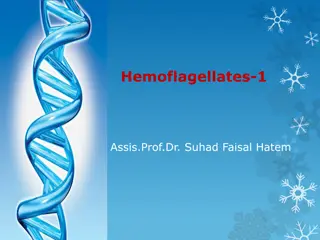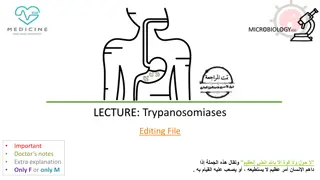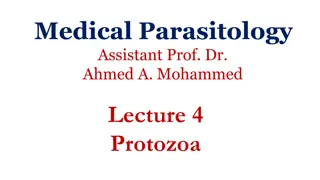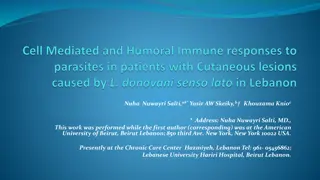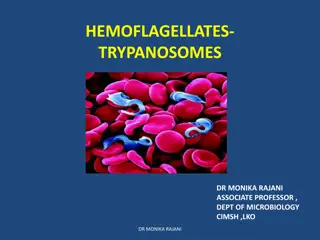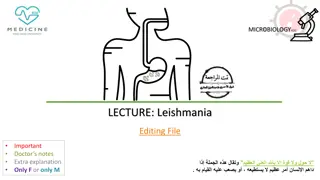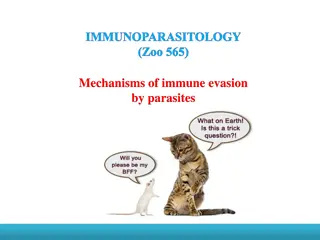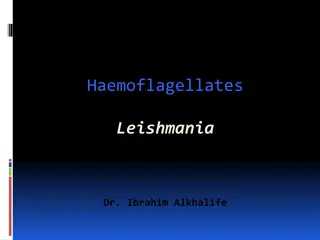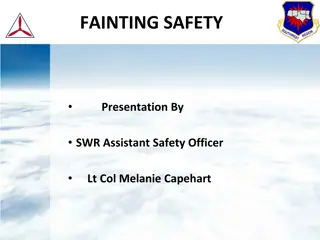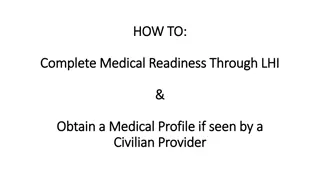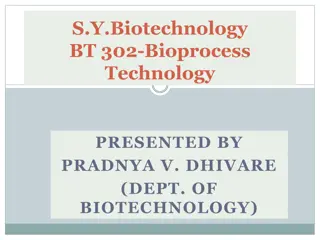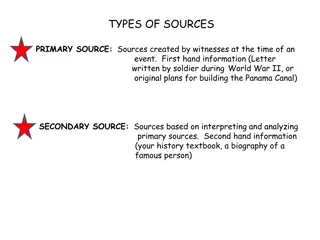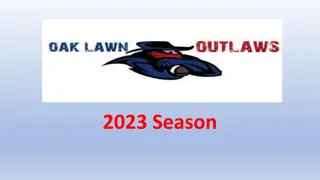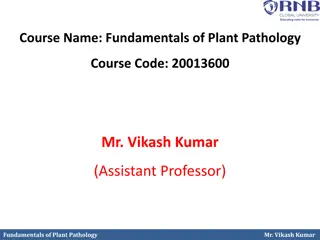Medically Important Hemoflagellates: Trypanosoma and Leishmania
Hemoflagellates belong to the phylum Sarcomastigophora and include medically significant genera such as Trypanosoma and Leishmania. These parasites are transmitted by insects and exhibit complex life cycles. Trypanosoma species, such as T. cruzi and T. brucei, cause diseases like Chagas' disease and African trypanosomiasis. Diagnosis involves blood smear examination and serology, while treatment options include Nifurtimox. Control measures focus on preventing insect infestations and screening blood products.
Download Presentation

Please find below an Image/Link to download the presentation.
The content on the website is provided AS IS for your information and personal use only. It may not be sold, licensed, or shared on other websites without obtaining consent from the author. Download presentation by click this link. If you encounter any issues during the download, it is possible that the publisher has removed the file from their server.
E N D
Presentation Transcript
Hemoflagellates Phylum: Sarcomastigophora
2 medically important genera: Trypanosoma and Leishmania Important pathogens of humans All pathogenic species transmitted by insects All have more or less complex cycles alternating from one morphologic form to another
Genus Trypanosoma 2 different species of medical importance: - Trypanosoma cruzi (American Trypanosoma): causes Chagas' disease in South America - Trypanosoma brudei gambiense and rhodesiense (African Trypanosoma): causes African trypanosomiasis (African sleeping sickness)
Trypanosoma cruzi (Chagas' Disease, American Trypanosomiasis) Morphology: Trypomastigotes
Pathogenesis and clinical picture: Acute: Chagoma Romano s sign Generalized lymphadenopathy, hepatomegaly, fever. Chronic: Myocardopathy Megacolon Megaoesophagus
Diagnosis, treatment and control: Blood smear for trypomastigotes (Giemsa stain) Serology, PCR Muscle biopsy (deltoid) detect the amastigote form Culture on N.N.N. media xenodiagnosis (obsolete) Treatment: - Nifurtimox (Lampit) a nitrofurone, poorly effective in chronic Chagas Control: - Concrete walls and floors prevent winged bug infestations, antiparasitic agents added to transfused blood products.
African Trypanosomiasis (African Sleeping Sickness) Morphology: Trypomastigotes:
Habitat, Epidemiology and life cycle: Habitat: 3 habitats according to the stage of the disease In early stage, the organisms are found in the blood and lymphatics. As the disease progress, the organisms are found in the internal organs. In the terminal stages, the organisms are found in the CNS and CSF
Pathogenesis and clinical picture: Trypanosomal chancre Parasitemia with lymphadenopathy (especially lymph nodes at the posterior triangle of the neck (winter bottom s sign), headache, splenomegaly. Recurrent fever Kerandel s sign
Diagnosis, treatment and major problems: The trypomastigote could be detected in the blood, CSF, fluid aspiration from enlarged lymph nodes. Motile organisms on wet preparations of fresh blood or CSF. High levels of protein (IgG and IgM) in blood and CSF. Lymphocytosis in CSF. Antigen capture or PCR. Culture on weinman s media. Treatment - Pentamidine - Suramin - Eflornithine - Melarseprol Major problem: vaccine production very difficult because of antigenic variation of trypanosome.
Leishmaniasis, Morphology: Visceral leishmaniasis Cutaneous and mucocutaneous leishmaniasis Promastigote: Amastigote:
Epidemiology and life cycle: Epidemiology: 1-Bite of infected sand fly 2-Accidental in lab 3-Mechanical transmission 4-Blood transfusion 5- Congenital
Clinical picture: Visceral leishmaniasis: (L. donovani) -Early nodule at site of sandfly bite seen at times - Chronic fever (but the patient is not aware of this fever) - Splenomegaly (very large), hepatomegaly, lymphadenopathy -Dark skin = Kala, azar. - Anemia, leucopenia and thrombocytopenia - Increase in the globulin and decrease in the albumin (characteristic).
Clinical picture: Cutaneous leishmaniasis: L. tropica (urban): dry sore L. major (rural): wet sore L.aethiopica
Clinical picture: Mucocutaneous leishmaniasis: L. Braziliensis
Diagnosis: Visceral: 1. 2. 3. 4. 5. aspirate bone marrow or spleen or lymph nodes or liver. Blood examination: only on Indian type of kala azar. Serology. Formol gel test. Leishmanin test. Cutaneous and mucocutaneous: 1. aspirate material from edge of ulcer and never the floor to avoid contamination and stain (Giemsa). 2. Biopsy and stain. 3. Culture in N.N.N media. 4. Leishmanin test.
Treatment: Relatively toxic drugs, e.g. antimonials (Pentostam), Pentamidine, Amphoteracin B. Resistance to all drugs in some geographic areas.


